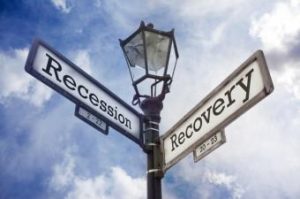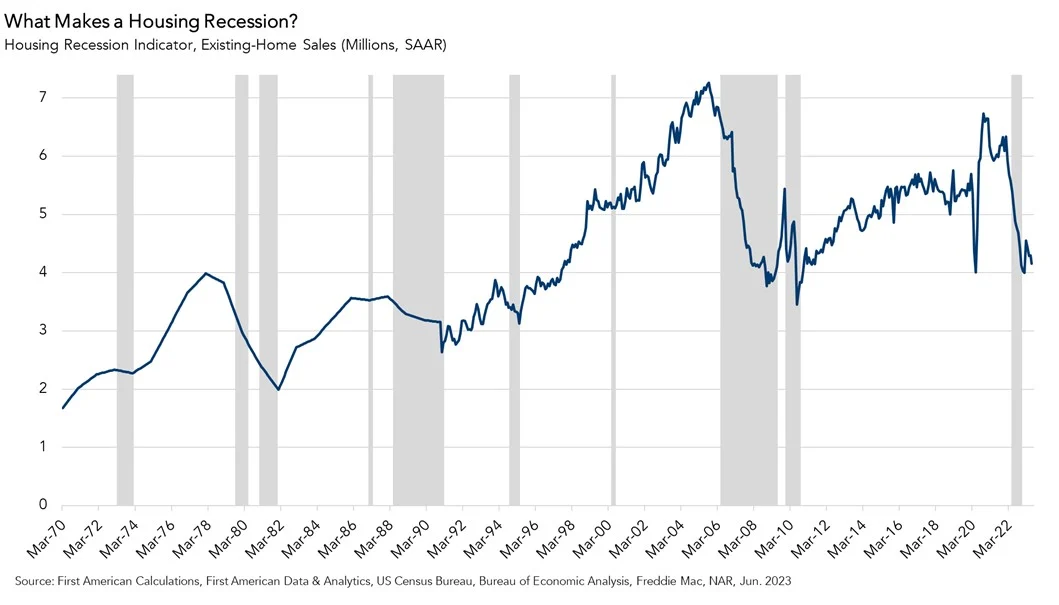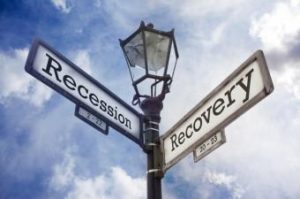 Odeta Kushi, First American’s Deputy Chief Economist, has authored a new blog post discussing the definition of a housing recession and looking at the momentum of sales to determine if we are in fact flirting with a “double-dip” housing recession.
Odeta Kushi, First American’s Deputy Chief Economist, has authored a new blog post discussing the definition of a housing recession and looking at the momentum of sales to determine if we are in fact flirting with a “double-dip” housing recession.
According to Kushi, there has never been an official or general agreement on what constitutes a housing recession. Looking at today’s market, existing home sales have struggled to gain momentum during what is considered the hottest season to buy—on the other hand, new home sales have exceeded all predictions and expectations.
So, Kushi asks the question “Is the housing market in a recession?” and the answer is maybe. The existing-home market might be, but the new-home market seems to be in recovery mode.
Kushi further said that to determine if the housing market is in a recession, we created a comprehensive, rule-based model based on the National Bureau of Economic Research Business Cycle Dating Committee’s (NBER BCDC) method of calling recessions, which relies on eight economic indicators. By finding the housing equivalent of these indicators, we can begin to form a definition of a housing market recession.
So what makes a housing recession? First American plots their recession model over time—back to 1970—against existing-home sales.
“While existing-home sales often fall during housing recessions, this is not always the case, making it important to look at multiple indicators when defining a housing recession,” Kushi said. “Our housing recession model is based on the following indicators: average hourly earnings of non-supervisory construction workers; the total number of employees in residential building construction; the total number of employees in real estate rental and leasing; the number of single-family housing starts; private residential fixed investment; personal consumption expenditures on housing and utilities; existing-home sales; and our Real House Price Index, which is a measure of affordability. If the moving average of the monthly growth rate of four of the eight indicators is negative for at least three consecutive months, then a housing recession has begun.”
Using this model to analyze the housing market back to 1970, First American found 10 distinct housing recessions in that time period.

Is a double-dip housing recession on the horizon? Data from this summer is continuing to trickle in, but early signs point to a double-dip recession that began to take form in March of this year. It is not surprising that the housing market continues to struggle, even if a small segment of the housing market, new construction, seems to be bucking that trend. Existing homes make up the bulk of total inventory, and existing homeowners are not selling. Potential home buyers are still contending with higher mortgage rates and a limited inventory of homes for sale.
“R eal estate is a very interest rate-sensitive sector, which is why when the Fed first hit the proverbial breaks on the economy by hiking interest rates, the housing sector responded so ‘recessionarily,’” Kushi concluded. “As long as the Fed’s fight against inflation persists, it will continue to put downward pressure on the housing market because mortgage rates typically follow the same path as long-term bond yields, which move with inflation expectations and the Fed’s actions. But housing recessions come in all shapes and sizes, and it seems that the worst of this housing recession is behind us.”







